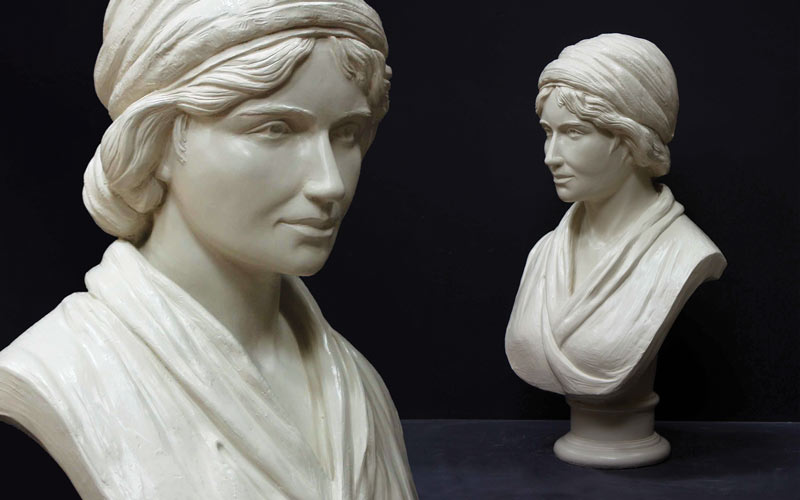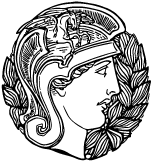
Mary Wollstonecraft
April 27, 1759 – September 10, 1797
English writer, philosopher, and proto-feminist
Major works: A Vindication of the Rights of Men (1790), A Vindication of the Rights of Woman (1792)
Mary Wollstonecraft (1759 – 1797) was born in London, the second of seven children in an unstable family environment. She left home at the age of 19 to earn her own livelihood and to pursue work as a writer. Wollstonecraft became immersed in the radical intellectual circles of London, and traveled to Paris in support of the French Revolution. Her most famous work, A Vindication of the Rights of Woman (1792), explores the concept of educational equality between the sexes, and is still considered a foundational work of feminist philosophy.
After a relationship with Gilbert Imlay, American businessman and diplomat to the U.S. embassy in France (with whom she had a daughter, Fanny Imlay), Wollstonecraft married the philosopher and writer William Godwin. In 1797 she gave birth to their daughter, Mary (the future author of Frankenstein and wife of Percy Shelley), and died from complications of childbirth. Although her posthumous reputation initially suffered as a result of a biography published by her grieving husband that exposed her “immoral” lifestyle, her revolutionary work became a cornerstone treatise to future advocates of women’s rights.
“I do not wish them [women] to have power over men, but over themselves.” – A Vindication of the Rights of Woman, 1792
Mary Wollstonecraft was a pioneering advocate of equal rights, education, and early democratic movements. In the late 18th century, she entered the famous “War of the Pamphlets,” with conservative Edmund Burke, in which Wollstonecraft proved to be a formidable champion for democracy. Her A Vindication of the Rights of Woman (1792) is widely regarded as a foundational feminist text, in which Wollstonecraft argued that girls should receive the same education afforded to boys – a groundbreaking stance in the late 18th century. Vindication was wildly popular on both sides of the Atlantic, and the Athenæum has an early American edition of 1794 in its collection. As part of the Bust Project, all books by and about Wollstonecraft in the Athenæum’s collection were recataloged from Mrs. Mary Godwin (her married name) to Mary Wollstonecraft, the name under which she published her works.
Wollstonecraft’s writing and philosophy have inspired generations of women and men, including Jane Austen, Elizabeth Barrett Browning, Elizabeth Cady Stanton, Virginia Woolf, Emma Goldman, and Caitlin Moran, among many others. The Athenæum’s bust is the only known public sculpture of Wollstonecraft in North America.
In 2019, the Athenæum commissioned Robert Shure of Skylight Studios (Woburn, MA) to craft an original portrait of Mary Wollstonecraft. While several oil paintings of Wollstonecraft were created during her life, there are no known historical sculptures from which to make a reproduction. The most famous portrait is by British artist John Opie (1761-1807) and depicts Wollstonecraft in a white muslin dress and turban with her hair pulled back at her neck. The portrait, now in the collection of the National Portrait Gallery in London, was used by Shure as the primary inspiration for crafting the Athenæum’s sculpture in clay. Once completed, the clay portrait was then molded and cast to produce the final plaster sculpture, using methods consistent with those that would have been used to craft the original 19th-century busts in the library’s collection.
The Athenæum’s portrait bust of Mary Wollstonecraft is likely the first public sculpture of the author in North America.



